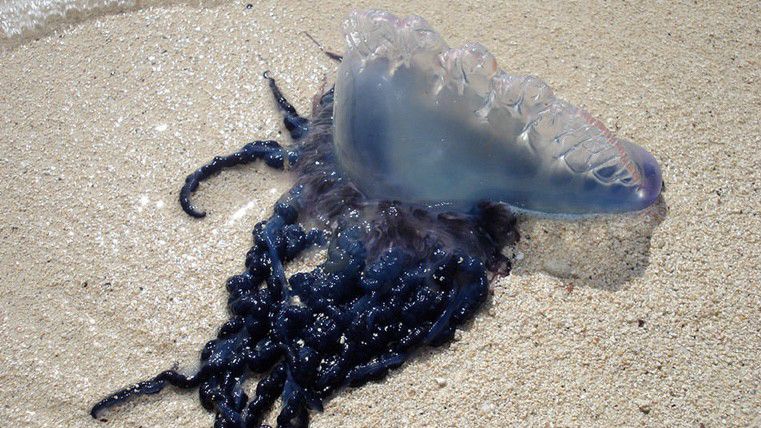A small catfish and a salamander, found only in central and eastern North Carolina, have been added to the endangered species list, the U.S. Fish and Wildlife Service announced Tuesday.
Listing the Carolina madtom and the Neuse River waterdog as endangered means 1,036 miles of rivers and streams in the state will be protected as critical habitat.
“These animals are more than just part of North Carolina’s rich biological heritage, they are important indicator species for clean water and healthy streams, which benefit us all,” FWS Southeast Regional Director Leopoldo Miranda-Castro said. “The protections afforded by the Endangered Species Act will help us support conservation efforts currently underway.”
The Carolina madtom is a small catfish found in the Tar-Pamlico watershed. The fish's habitat has been degraded and fragmented in the Tar River and the streams that feed it. Poor water quality and less water have also hurt the species, according to the FWS.
"The Carolina madtom is easy prey for the flathead catfish, a predator that has invaded the Neuse and Tar rivers," FWS said.
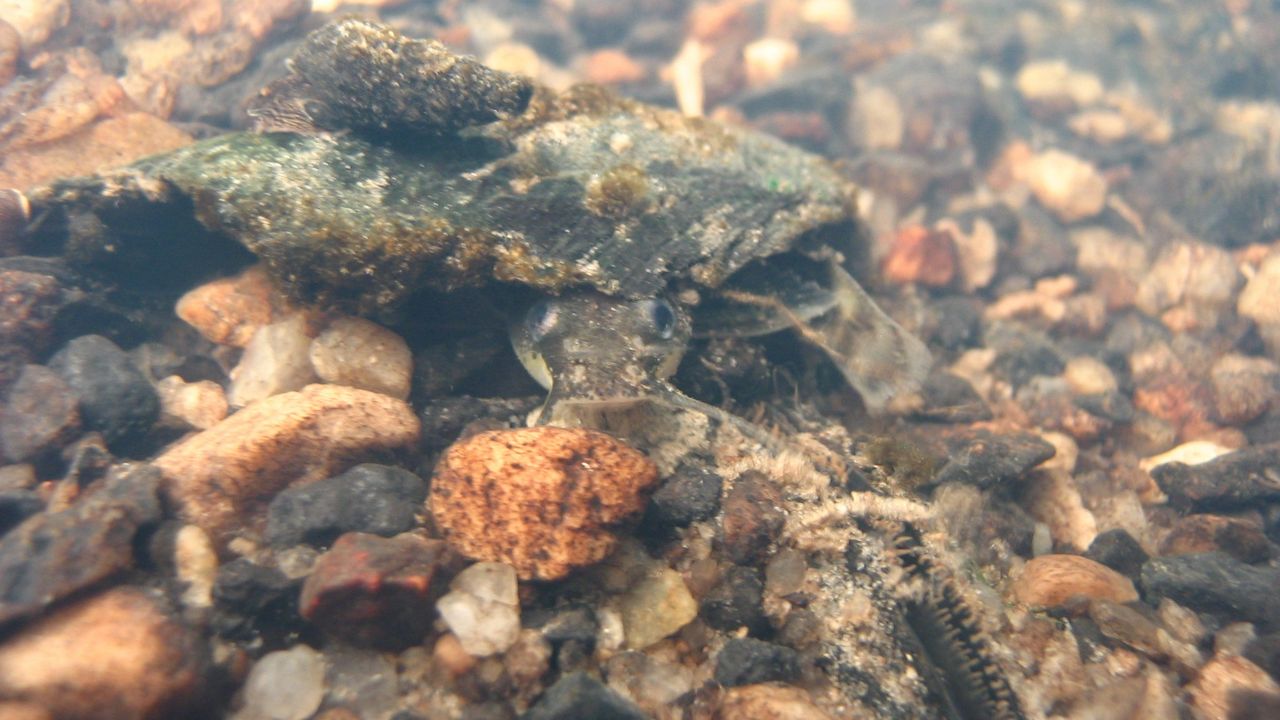
The Carolina madtom only grows to about five inches but it packs a punch with stinging spikes, giving it the scientific name Noturus furiosus. That roughly translates to “furious madtom,” according to the North Carolina Wildlife Resources Commission.
The Neuse River waterdog is a salamander that is only found in streams in the Tar and Neuse river basins in the Piedmont and east to the North Carolina coast, FWS said.
The waterdog can grow to 11 inches long and spend their entire lives underwater.
Researchers estimate the Carolina madtom has lost 64% of its habitat and the waterdog has lost 35%, according to FWS.
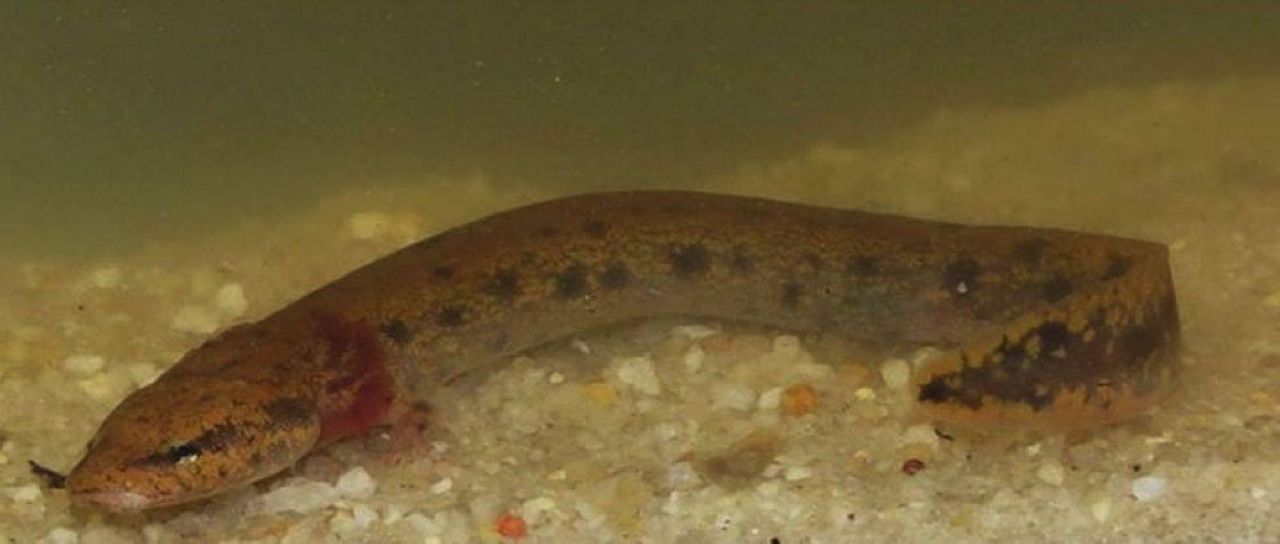
“The Endangered Species Act is the most effective tool available to save plants and animals from extinction, so it’s good news that these special North Carolina creek critters now have the habitat safeguards they need to survive,” said Tierra Curry, a senior scientist at the Center for Biological Diversity.
“Protecting streams and rivers for small fish and salamanders also helps protect the healthy water quality that people need for drinking water and recreation,” Curry state in a news release.
The Center for Biological Diversity and other conservation organizations have been petitioning the federal government to list the two species as endangered. Both had been listed as at-risk species.
Most of the land where the streams and rivers are is private property, but most property owners won't see any difference with the new protected status.
The new status does not create a refuge or preserve. It does not limit what land owners can do on their property unless it's "authorized, funded or carried out by a federal agency," accordng to the FWS. Government agencies will have to work with FWS to protect the species if they want fund any projects in the protected rivers and streams.





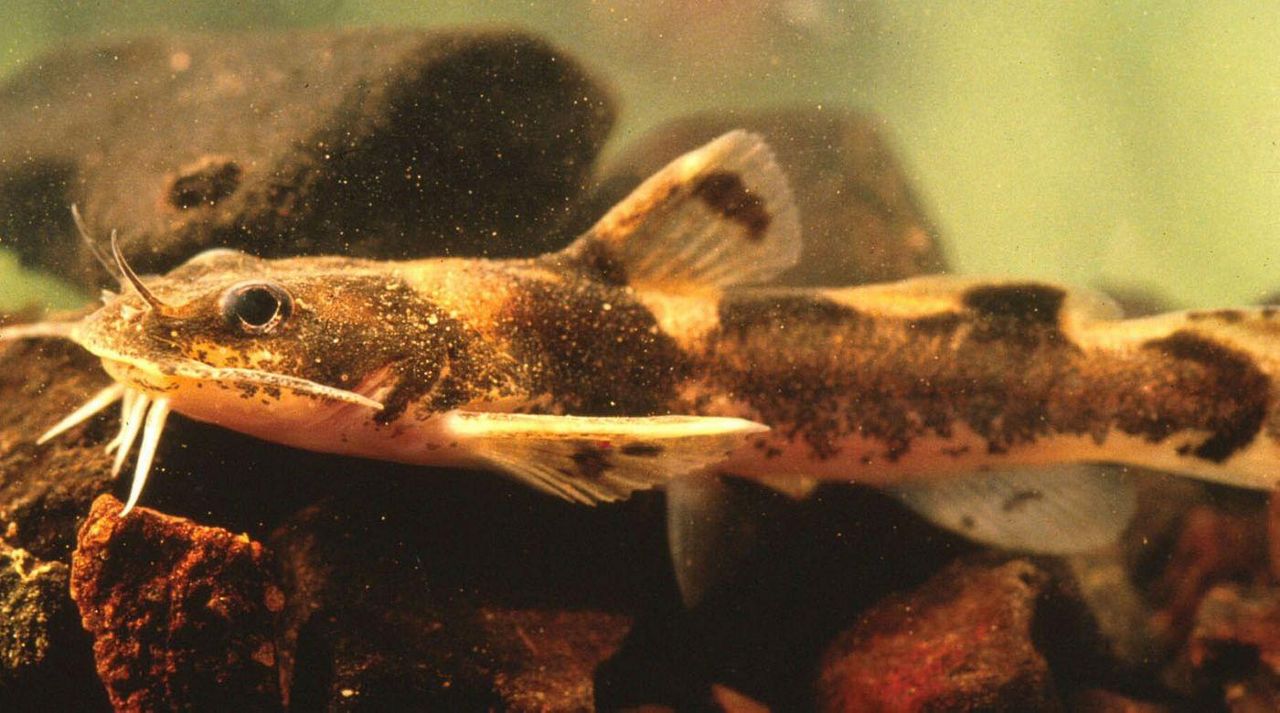

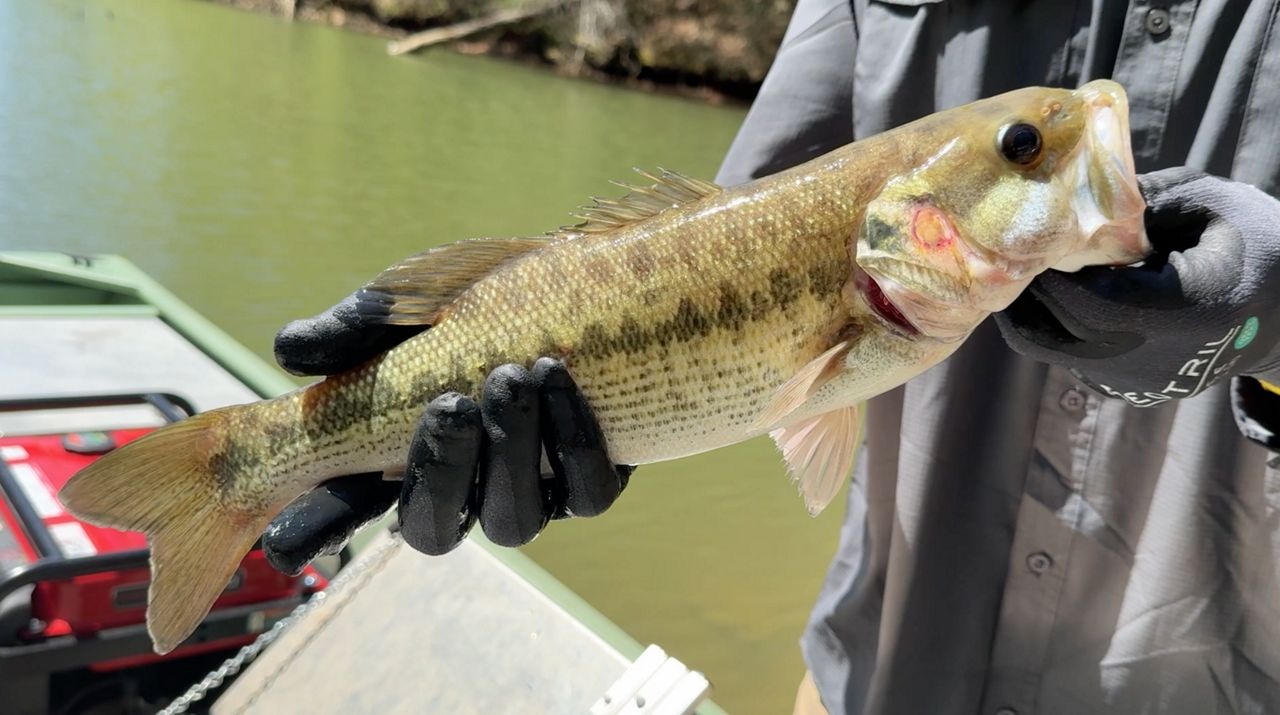
)
